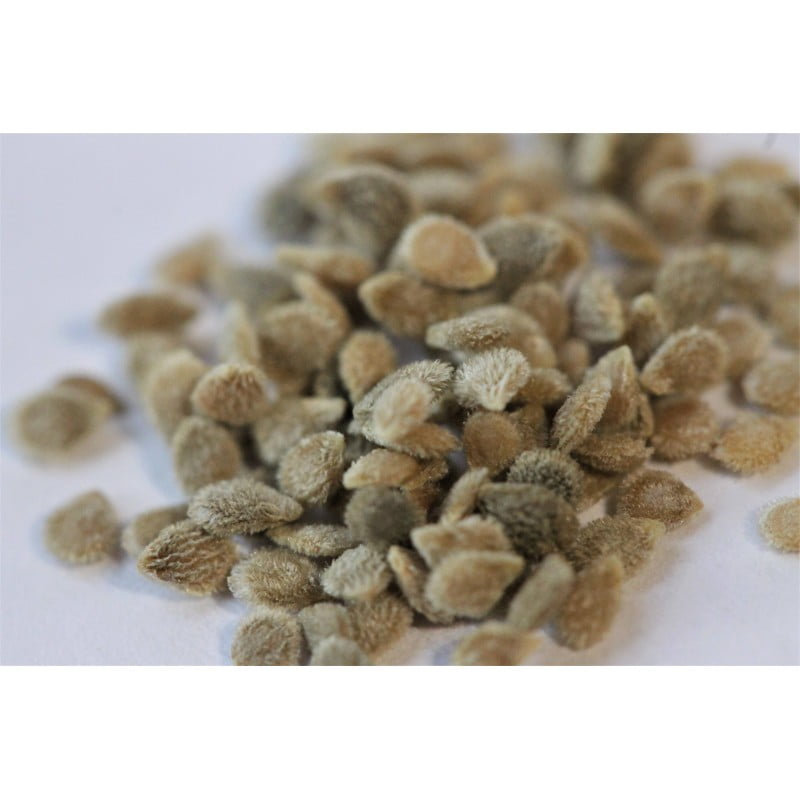In this Article
It’s that time of year again when many of us want to get a head start on our spring garden. We’ve ordered a variety of seeds and gathered our supplies, but now we’re wondering how long it will take for our tomato seeds to germinate. With this in mind, let’s talk about what to expect once your tomato seeds have gone into the soil.

Planting Your Seeds
Before we begin, let’s make sure your seeds are optimised with the right growing conditions. In order for your tomato seeds to germinate, which refers to the activation of the growing cycle whereby the seed sprouts, there needs to be a nurturing environment.
First, you’ll need to gather supplies like heating mats, plant labels, indoor grow lights, premium seed-starter soil mix, and seed-starter trays.
Do I Need Grow Lights If I Have a Large, Sunny, and South-Facing Window?
Although some people do have success with natural light, most people opt for using grow lights to ensure the success of their tomato seedlings. This is because the winter sun is not as intense as it normally is during the warmer months of the year. Plus, windows tend to filter the light and winter days are shorter. And the lack of sunshine can, and most of time does lead to leggy tomato seedlings.
When Should I Plant?
Typically, the time frame you want to start your tomato seeds is about 6 to 8 weeks prior to when you expect the risk of frost to have passed for your region. Here in the UK, the risk of frost is usually over by mid-April.
How Do I Get Started?
After you’ve prepared your seed starting trays with starter mix, it’s time to place your seeds directly into the soil. Tomato seeds (we have a lot of varieties) should be planted 6 mm (1/4 inch) below the soil. Alternatively, you can sprinkle the soil over your tomato seeds to make sure they are not too deep. Gently water your seeds after planting. Continue to water them thereafter and as often as needed in order to keep the soil moist.
Use heating pads to keep your tomato seeds warm, especially if your grow room runs a bit cold. Ideally, you’ll want to sprout your tomato seeds in warm soil that is between 21° to 27° C (70° – 80° F). Once sprouted, grow lights will help keep your seedlings warm, and you can then remove the heating mats.

What to Expect During Each Stage
Stage One – The Sprout (5 to 10 Days)
Your happy little seeds may germinate and then sprout as early as 5 days, in the right growing conditions. However, some seeds can take up to 10 days or longer to fully emerge above the soil. So tomato seeds need 5 – 14 days to germinate. If you want to speed up the germination process you can soak the tomato seeds overnight in lukewarm water.
When you’re successful, you’ll see two little leaves appear and open to receive the sun. Be sure to turn on your full spectrum grow lights at this time to simulate sunshine. Up to 18 hours of warm light per day is ideal.
The success of seed germination all depends upon the age of the seeds and the growing conditions. Some seeds may not germinate at all, so plant a few extras just to make sure you have your desired number of plants.
Stage Two – The Seedling (25 to 35 Days)
During this stage, your seedlings will develop their roots and begin to form their true leaves. You may need to repot them once or twice before spring, since their roots are likely to overtake their starter container.
Conclusion
Now that you’ve successfully germinated a few tomato seeds for yourself, continue to monitor them. Be sure to follow the instructions we’ve outlined above by making sure to keep your seedlings hydrated, warm, and exposed to adequate light, this will help to grow healthy and strong tomato plants in the spring and summer ahead.
This is also a good time to look over your outdoor growing area and decide where you intend to plant your seedlings once the warm weather of spring fully arrives.

